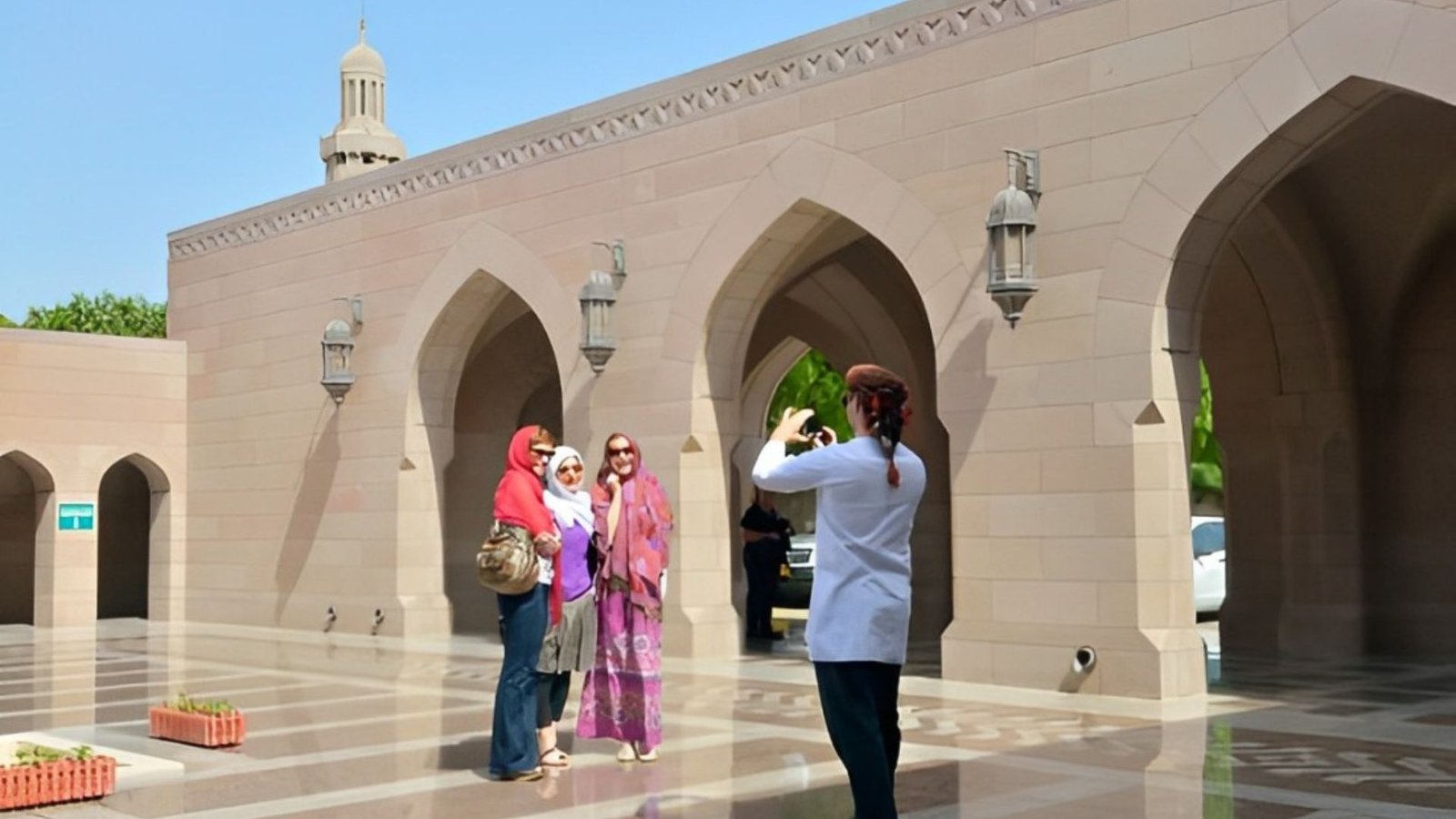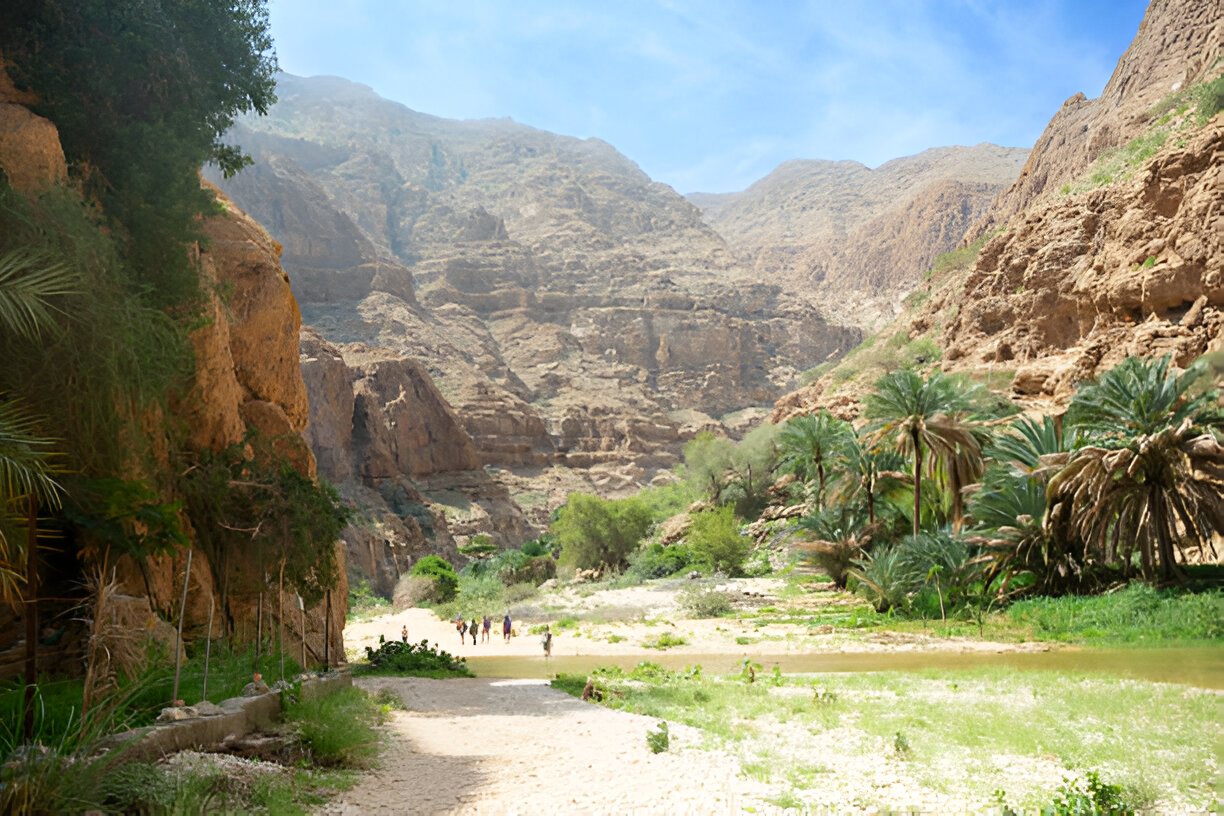

Photography is a universal language, enabling us to share stories and moments. However, in a culturally rich and traditional country like Oman, understanding and respecting local customs is essential. Practicing good photography etiquette in Oman means more than taking beautiful pictures; it’s about honoring the culture, privacy, and traditions of the Omani people.
Oman’s culture is rooted in Islamic traditions, impacting social interactions, dress codes, and communication. Known for their hospitality, the Omani people also value privacy and modesty. As a photographer, recognizing these cultural nuances is crucial to ensuring respectful and considerate interactions.
In Oman, privacy is highly valued, especially regarding family and personal spaces. When photographing people, always ask for permission first. This is particularly important when photographing women, children, and private gatherings. A respectful approach helps gain trust and cooperation.
A local Omani proverb emphasizes this: “الخصوصية هي حق مقدس” (Privacy is a sacred right).
Seeking permission is essential to photography etiquette in Oman. Unlike other cultures where candid photography is common, Oman encourages asking for consent before taking someone’s photo. This simple act of courtesy respects privacy and fosters mutual respect.
When approaching someone for a photo, a polite request like “Hal ya’ti alsamah alkhawdh sura?” (May I take your picture?) shows that you value their comfort.
Photographing women in Oman requires particular sensitivity. Due to cultural and religious reasons, many Omani women prefer not to be photographed, especially by strangers. If a woman declines a photo, accept her decision respectfully.
At family events, like weddings, be aware of cultural expectations. Women and men are often seated separately, and photographing the women’s section may require special permission.
Another important aspect of photography etiquette in Oman is dressing appropriately. Visitors and photographers should dress modestly to respect local norms, covering shoulders and knees. For women, carrying a scarf for hair covering, especially in religious sites or rural areas, is advisable.
Dressing modestly not only shows respect but also helps you blend in, making people more comfortable and open to interaction.
Oman’s mosques and religious sites offer stunning visuals, but photographing them requires sensitivity. Always check if photography is allowed. Often, photography is restricted in specific areas or requires special permission.
If allowed, avoid disturbing worshippers, using flash, or intruding on their privacy. Maintain a respectful distance and, if in doubt, ask before photographing.
Oman’s bustling streets and markets are filled with photographic opportunities. Yet even in public spaces, be mindful of local customs. When photographing in these areas, focus on landscapes and ambiance rather than individuals who may prefer not to be captured.
In markets, ask vendors before photographing their stalls. A friendly smile and polite request can foster positive interactions.
Oman’s landscapes, from deserts to lush wadis, provide incredible backdrops. When photographing nature, practice responsible travel photography. Avoid disturbing wildlife and stay on designated paths to protect the environment. A zoom lens is ideal for capturing wildlife from a respectful distance without disrupting their natural behavior.
Oman’s rich traditions, such as camel racing or traditional dance, are visually captivating. However, approach these subjects with respect. Understand the significance of events and ceremonies before photographing them. In some cases, taking photos may require permission or be restricted altogether.

In the digital age, sharing images online is common, but consider the privacy of those in your photos. Just as you’d ask before taking a photo, be mindful of sharing images online, especially those with identifiable people.
If you have consent for a photograph, ask if they’re comfortable with it being shared on social media. Avoid location tagging private areas to protect individual privacy.
Ethical photography goes beyond capturing the perfect shot; it’s about understanding the cultural context. In Oman, respecting traditions is key. Think about how your photographs represent the culture. Avoid exoticizing or sensationalizing; instead, focus on telling stories that honor the people and traditions.
One of the most rewarding aspects of photography in Oman is the opportunity to connect with the community. Spend time getting to know those you photograph. This not only enriches your experience but results in more authentic, powerful images.
Oman has specific laws governing photography, particularly around government buildings, military sites, and public areas. To avoid legal issues, familiarize yourself with these regulations and ask a local guide or authority if you’re unsure.
Avoid photographing police officers, military personnel, or strategic infrastructure. Airports and border crossings are typically off-limits for photography.
Oman is a photographer’s paradise, rich in beauty, culture, and hospitality. Capturing the essence of this country requires more than technical skill; it demands respect, sensitivity, and an understanding of local customs.
By practicing photography etiquette in Oman, you create an enjoyable, respectful experience that honors the country’s heritage. Remember, the best photographs tell a respectful story, honoring the subject and culture they capture.
Never miss any important news. Subscribe to our newsletter.







